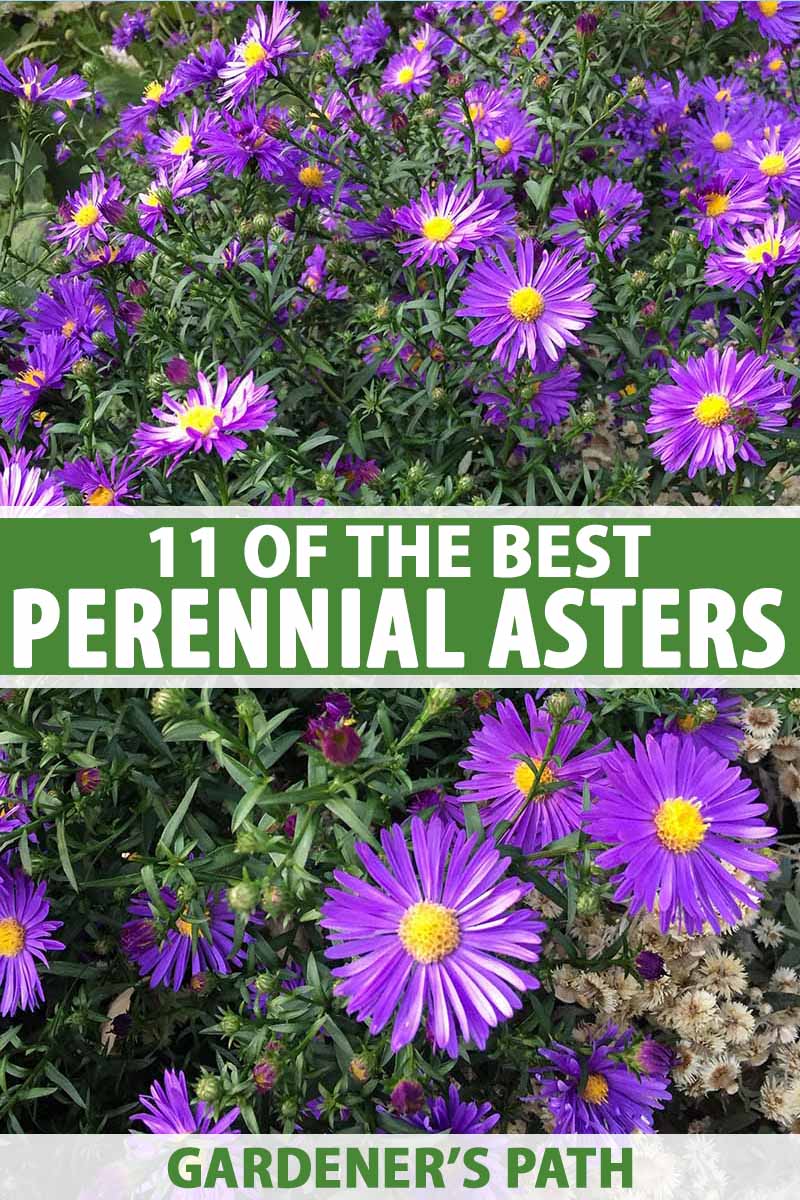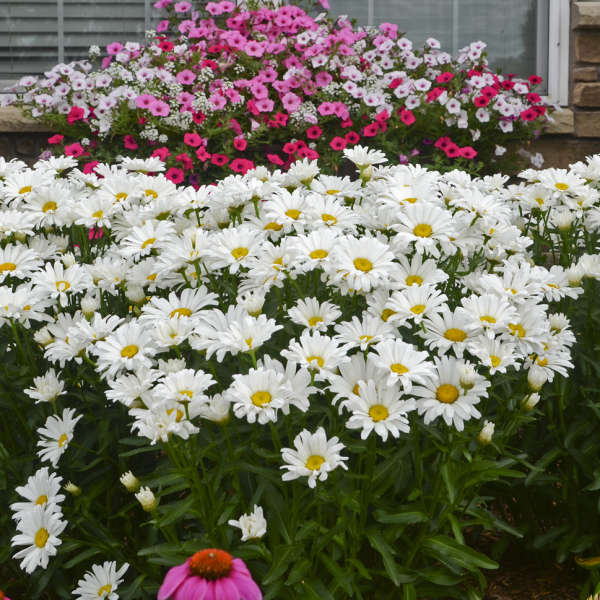Late Summer Blooming Perennials To Add Color To Your Garden
Late Summer Blooming Perennials to Add Color to Your Garden
As the days get shorter and the temperatures start to cool, your garden may start to look a little tired. But don't despair! There are plenty of late summer blooming perennials that can add a burst of color to your garden.
In this blog post, we will discuss some of the best late summer blooming perennials, as well as tips on how to plant and care for them.
What are late summer blooming perennials?
Late summer blooming perennials are plants that flower from late summer to early fall. They are a great way to extend the bloom time in your garden and add some color during the cooler months.
Some popular late summer blooming perennials include:
- Asters
- Chrysanthemums
- Echinacea
- Goldenrod
- Helenium
- Liatris
- Rudbeckia
- Sedum
- Verbena
How to plant late summer blooming perennials
Late summer blooming perennials can be planted in the spring or fall. If you are planting in the spring, wait until the soil has warmed up to at least 60 degrees Fahrenheit. If you are planting in the fall, plant before the first frost.
When planting late summer blooming perennials, choose a location that gets full sun. These plants need at least six hours of sunlight per day. They also need well-drained soil.
To plant late summer blooming perennials, dig a hole that is twice the width of the root ball. Backfill the hole with soil, tamping it down gently. Water the plant well.
How to care for late summer blooming perennials
Late summer blooming perennials are relatively easy to care for. Once they are established, they need regular watering, especially during hot, dry weather. They also need to be fertilized once a year in the spring.
In the fall, after the plants have finished blooming, you can deadhead them to encourage more flowers next year. You can also cut the plants back to about 6 inches tall.
Tips for choosing late summer blooming perennials
When choosing late summer blooming perennials, there are a few things to keep in mind:
- Consider the color palette of your garden. What colors do you already have, and what colors would you like to add?
- Think about the size of the plants. Some late summer blooming perennials, such as asters and chrysanthemums, can get quite large. Make sure you have enough space for them to grow.
- Consider the sun exposure. As mentioned above, most late summer blooming perennials need full sun. If you have a shady garden, you will need to choose plants that are shade tolerant.
Conclusion
Late summer blooming perennials are a great way to add color and interest to your garden. With so many different varieties to choose from, you are sure to find the perfect plants for your needs.
Are you looking for late summer blooming perennials to add some color and interest to your garden? If so, you're in luck! There are many beautiful and hardy perennials that will bloom late into the season, providing you with months of enjoyment.
Some of the most popular late summer blooming perennials include:
- Coneflowers
- Asters
- Mums
- Russian sage
- Cimicifuga
- Sedum
- Rudbeckia
- Phlox
These flowers come in a wide variety of colors, so you can find the perfect ones to match your garden's style. They're also relatively easy to care for, so you can enjoy their beauty with minimal effort.
If you're interested in learning more about late summer blooming perennials, I recommend visiting Garden Wiki. This website has a wealth of information on the topic, including plant profiles, growing tips, and even a plant finder tool to help you find the perfect plants for your garden.
FAQ of late summer blooming perennials
Q: What are some late summer blooming perennials?
A: There are many different late summer blooming perennials, but some of the most popular include:
- Asters are a type of daisy that come in a variety of colors, including purple, pink, white, and blue. They bloom from late summer to fall.

- Chrysanthemums are another type of daisy that come in a wide range of colors, including yellow, orange, pink, and white. They bloom from late summer to fall.

- Goldenrod is a tall, yellow flower that blooms from late summer to fall. It is a good choice for attracting pollinators to your garden.
- Sedum is a low-maintenance succulent that blooms in a variety of colors, including red, pink, and yellow. It blooms from late summer to fall.

- Shasta daisies are a type of daisy that come in white and pink varieties. They bloom from late summer to fall.

Q: How do I care for late summer blooming perennials?
A: Late summer blooming perennials need full sun and well-drained soil. They should be watered regularly, especially during hot, dry weather. Fertilize them in the spring and fall.
Q: Where should I plant late summer blooming perennials?
A: Late summer blooming perennials can be planted in a variety of locations, but they are best suited for sunny spots with well-drained soil. They can be planted in borders, beds, or containers.
Q: How do I deadhead late summer blooming perennials?
A: Deadheading is the process of removing spent flowers. This will encourage the plant to produce more flowers. You can deadhead late summer blooming perennials by pinching off the spent flowers with your fingers or using a pair of scissors.
Q: What are some pests and diseases that can affect late summer blooming perennials?
A: Late summer blooming perennials can be susceptible to a variety of pests and diseases, including:
- Aphids: Aphids are small, sap-sucking insects that can damage leaves and flowers. They can be controlled with insecticidal soap or neem oil.
- Spider mites: Spider mites are tiny, web-spinning insects that can damage leaves. They can be controlled with insecticidal soap or neem oil.

- Powdery mildew: Powdery mildew is a fungal disease that can cause leaves to become covered in a white, powdery film. It can be controlled by watering in the morning and avoiding overhead watering.
Image of late summer blooming perennials
- Aster: Asters are a classic late summer bloomer, with a wide variety of colors to choose from. They are drought-tolerant and deer-resistant, making them a good choice for many gardens.

- Gaura: Gaura is a delicate, airy flower that blooms in shades of pink, white, and lavender. It is a good choice for sunny gardens and attracts butterflies.

- Rudbeckia: Rudbeckia is a bold, colorful flower that blooms in shades of yellow, orange, and brown. It is a good choice for attracting pollinators and can tolerate some shade.
- Sedum: Sedum is a succulent plant that blooms in shades of pink, red, and yellow. It is a good choice for dry gardens and can tolerate some neglect.

- Echinacea: Echinacea is a spiky, daisy-like flower that blooms in shades of pink, purple, and white. It is a good choice for attracting pollinators and is said to have medicinal properties.


Post a Comment for " Late Summer Blooming Perennials To Add Color To Your Garden"